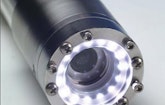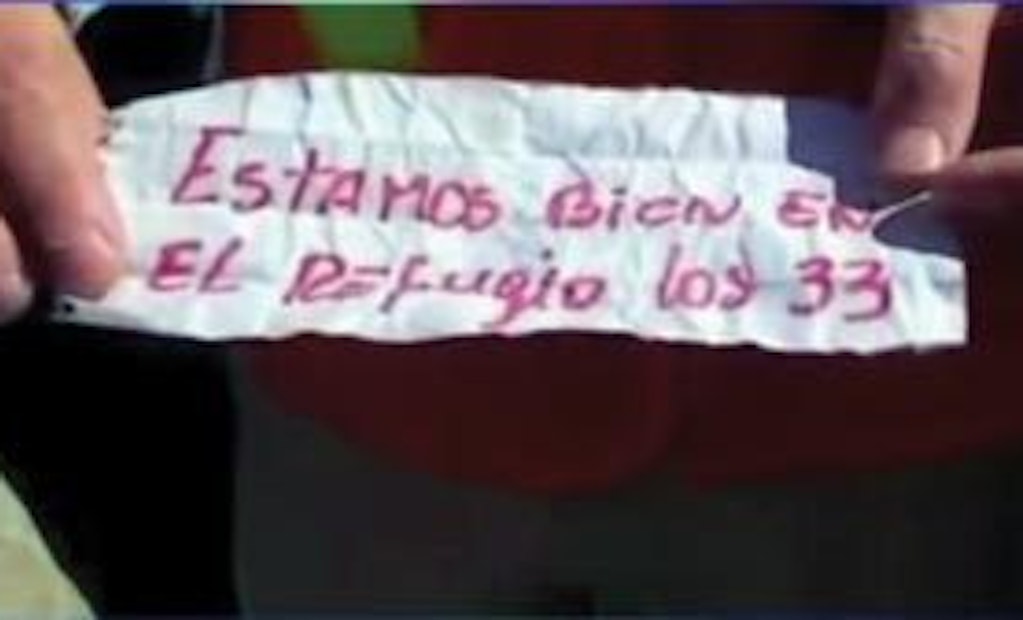Interested in Location/Detection?
Get Location/Detection articles, news and videos right in your inbox! Sign up now.
Location/Detection + Get AlertsFamily and friends of 33 miners trapped 2,300 feet underground in northern Chile got an early Christmas present last summer when a camera made by Aries Industries showed that all were safe.
“We were very pleased to be able to help the families of these miners and offer some hope in knowing they are OK,” says Jim Lenahan, Aries president and CEO. “It makes us feel really good to know we are helping save the lives of others in a very difficult underground environment through our technological developments. That’s a wonderful feeling for us as a company.”
The WC1750 slimline dual view water well color inspection camera is smaller than those the company makes for inspecting sewers and laterals. Measuring 1.75 inches in diameter and 22 inches long, it is designed for vertical inspection of small boreholes and for well monitoring.
Features include high-intensity LED lighting with a 10,000-hour operating life, low/medium/high lighting controls, adjustable focus, and clockwise and counterclockwise rotation. Rated to a depth of 5,000 feet, the camera has a stainless steel housing pressurized with dry nitrogen to help displace moisture and minimize corrosion.
Aries had quoted the Chilean government prices on camera systems for wet well inspection before the mine cave-in, so officials there knew the company’s technical abilities. Aries also manufactures a mine disaster relief camera system, but it was too large for the 3 1/2-inch borehole drilled in Chile to reach the miners.
“Fortunately we had what they needed on hand,” says Jim Lozano, product manager, water well for Aries. “Within a week, the equipment was on site and they were able to view those first images of the miners.”
The Chilean government has since ordered a second camera and spare equipment to serve as a backup, says Lozano, who remains in contact with workers at the rescue site. “More than anything they were grateful that they were able to do the job and that we had the right equipment to do it with,” he says.
The miners became trapped Aug. 5. Rescuers reached them with a 2,067-foot escape shaft in mid-September. By mid-October the shaft was widened and strengthened enough to enable a rescue capsule to be lowered inside, ending 69 days of confinement underground.








